Childhood emotional dysregulation and suicide-related behaviour. A possible relationship?
Research focuses on the study of the relationship between different childhood emotional dysregulation paths and how they relate with suicide-related behaviour in adolescence.
Self-inflicted and potentially injurious behaviour aimed at killing oneself is referred to as suicide-related behaviour (SRB), and its prevalence in adolescents has increased with concern, making its study a matter of great concern.
The research of Dr. Alejandro de la Torre and collaborators aims to investigate the relationship between different pathways of emotional dysregulation in childhood and SRB in adolescence, as well as to identify which of these paths are related with specific non-fatal SRB forms (self-harm and suicide attempt).
Employing data from the Millennium Cohort Study (MCS), six different trajectories of emotional dysregulation in childhood have been modelled. The results present an association between emotional dysregulation throughout childhood and a major risk of committing suicide attempts, but not with self-harm. On the otherhand, adolescents at high risk of having attempted suicide are more likely to show a decreasing emotional dysregulation trajectory in childhood, heightened dysregulation trajectory or a U-shaped trajectory.
Finally, the use of longitudinal data adds strength to this research and its results fit with previous literature relating suicide risk to factors such as gender, low socioeconomic status or affect regulation. Even so, further research is needed, with a focus on collecting data in line with SRB research from the outset, as considering lifelong perspective may facilitate the detection of subjects at-risk of committing SRB.
Paper: de la Torre-Luque, A., Essau, C. A., Lara, E., Leal-Leturia, I., y Borges, G. (2022). Childhood emotional dysregulation paths for suicide-related behaviour engagement in adolescence. European child & adolescent psychiatry, 1-12.

